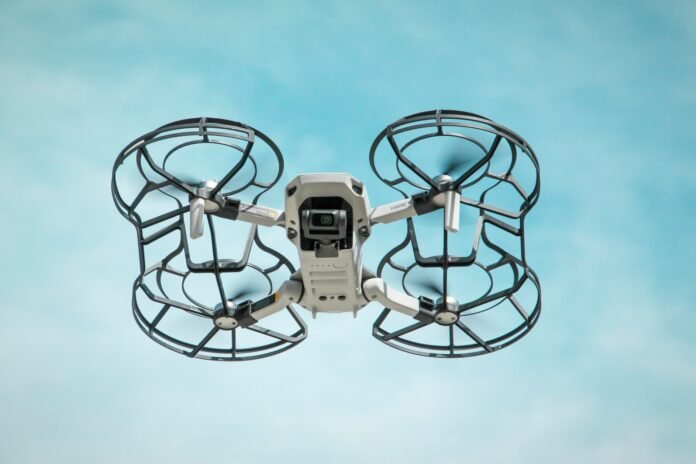As the popularity of drones continues to soar, both individuals and businesses are harnessing their capabilities for diverse applications. However, this surge in drone activity brings to light the imperative of implementing robust security measures to safeguard against potential risks and ensure adherence to regulations.
In this discourse, we delve into the significance of drone security within the context of Ireland, elucidating actionable steps to foster a climate of safe and lawful drone operations.
Moreover, as drones permeate various sectors such as agriculture, filmmaking, and infrastructure inspection, the need for heightened vigilance becomes ever more apparent.
Beyond the recreational sphere, drones are increasingly employed in critical industries where lapses in security could yield significant ramifications.
Hence, understanding and implementing effective drone security protocols is not merely a matter of convenience but a fundamental aspect of responsible drone ownership and operation.
Understanding Drone Regulations in Ireland
Before discussing drone security measures, it is important to understand the regulations surrounding drone use in Ireland. The Irish Aviation Authority (IAA) is responsible for regulating drones in Ireland, and all drone operators must comply with their regulations.
According to the IAA, drones must be flown within the operator’s visual line of sight, not exceed a height of 120 meters, and not be flown over people, buildings, or congested areas. Additionally, drones must not be flown within 5 kilometers of an aerodrome or military-controlled airspace without prior permission from the relevant authority.
The Importance of Drone Security
Drone security is essential to ensure the safety of people, property, and other aircraft. Drones can pose a risk to people and property if they are not operated safely, and they can also interfere with other aircraft, such as planes or helicopters, if they are flown in restricted airspace.
Furthermore, drones can be used for illegal activities, such as spying or smuggling, which can pose a threat to national security. Therefore, it is crucial to implement drone security measures to prevent such incidents from occurring.
Drone Security Measures
There are several measures that can be taken to ensure drone security in Ireland. These include:
1. Registration and Identification
All drones over 250 grams must be registered with the IAA and must display their registration number on the drone. This allows authorities to identify the owner of the drone in case of an incident.
2. Geofencing
Geofencing is a technology that uses GPS to create virtual boundaries around restricted areas, such as airports or military-controlled airspace. Drones equipped with geofencing technology will be prevented from flying into these restricted areas.
3. Anti-Collision Systems
Anti-collision systems can be installed on drones to prevent collisions with other aircraft or objects. These systems use sensors to detect obstacles and adjust the drone’s flight path to avoid them.
4. Encryption and Authentication
Encryption and authentication technologies can be used to prevent unauthorized access to the drone’s control system. This ensures that only authorized personnel can operate the drone, reducing the risk of illegal activities.
Conclusion
Drone security is a crucial aspect of drone use in Ireland. It is important to understand the regulations surrounding drone use and to implement security measures to ensure safe and legal drone operation. By taking these measures, we can ensure the safety of people, property, and other aircraft, and prevent illegal activities from occurring.
FAQs
1. Do I need permission to fly a drone in Ireland?
Yes, you must comply with the regulations set by the Irish Aviation Authority and obtain permission if required.
2. Do I need to register my drone in Ireland?
If your drone weighs over 250 grams, you must register it with the IAA.
3. Can I fly my drone over people or buildings?
No, drones must not be flown over people, buildings, or congested areas.
4. What is geofencing?
Geofencing is a technology that uses GPS to create virtual boundaries around restricted areas, such as airports or military-controlled airspace.
5. What is an anti-collision system?
An anti-collision system is a technology that can be installed on drones to prevent collisions with other aircraft or objects.


